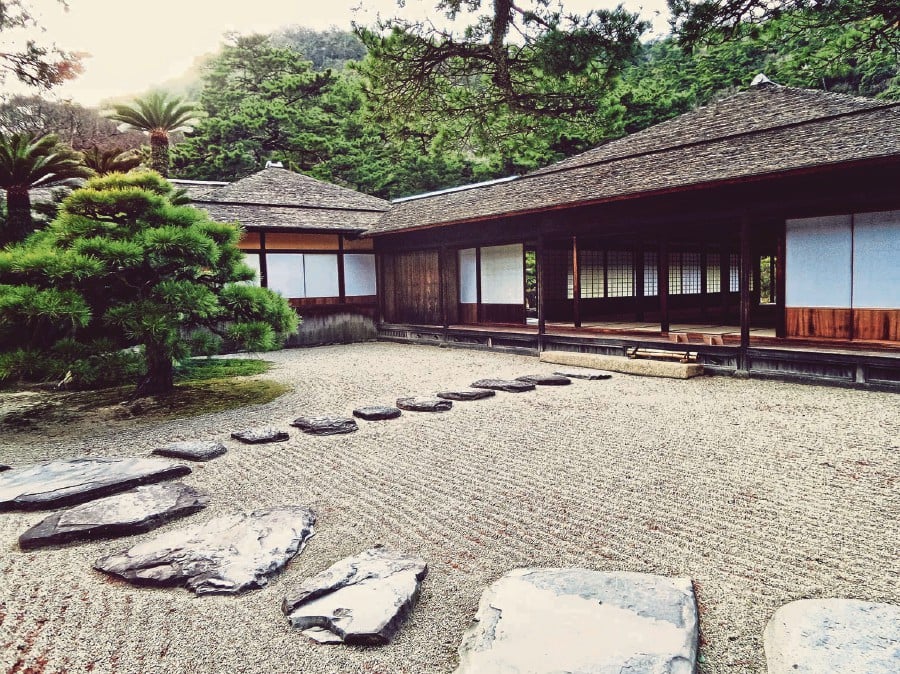
Zen gardens can be considered minimalistic as their components symbolise aspects of nature.
Zen gardens are easy to maintain, especially when they mainly use gravel. Their design is also visually appealing. Zen gardens provide tranquility which helps you de-stress.

Add chairs or a bench in the Zen garden to enjoy the environment.
Zen gardens can be considered minimalistic as their components symbolise aspects of nature.
The symbolic use of raked gravel to represent water leads to such gardens being characterised as “dry landscapes”, while heavy reliance on rocks make some refer to them as “Japanese rock gardens”.

A Zen garden is a Japanese stone garden comprising mostly gravel, stones and boulders.
Bonsai is perhaps one of the most popular as it represents a fusion of strong ancient beliefs with Eastern philosophies of the harmony between man, the soul and nature. These miniature trees are grown in ceramic containers and then pruned to give them classic shapes.
GETTING STARTED
When making a Zen garden, the aim should be to create a mood of calm and tranquility.

Bonsai is one of the most popular plants used in Zen gardens.
With a shovel, remove the top layer (a few inches) of the existing soil.
Using the steel garden rake, rake out uneven spots and tamp down the soil.
Run stone edging along the marked out square or rectangular space to retain the white gravel that you are going to add at the very end.
Dig holes for the rocks you’ll be using to represent mountains and/or islands and for the plants that you are adding into the design. Place the rocks and plants in their holes. Be sure to bury most parts of
the rocks into the ground. This tip-of-the-iceberg placement will make the rocks more natural.
Lay landscape fabric over the soil, making cuts to accommodate the rocks and plants.
Apply a few inches of the white gravel. Spread it with the hoe to distribute it.
Add a little bench if you like at the side or in the middle of the garden to enjoy your creation.
WATCH THE VIDEO
No comments:
Post a Comment